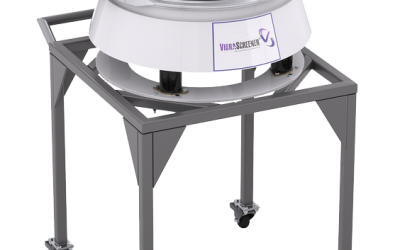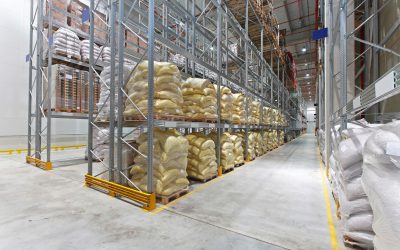Often when OEMs (Original Equipment Manufacturers) need a part or component, they simply provide the schematic to a third party for production. This wasn’t always the case as in the past, OEMs often did most, if not all the manufacturing of components for their equipment, devices and systems in-house.
In-House to Outsourced
As technology advanced and specific processes became more specialized, complex and required costly equipment, engineers and ongoing training it became more cost effective to use third-party services to for specific parts manufacturing.
This, in turn, eliminates the need for the OEM to know all the processes used by the third-party providers. This can make it difficult when the OEM design team and the outside providers sit down to discuss possible processes and options in the production.
For many types of metal parts used in diverse industries such as medical devices through to computer parts, electronics and musical instruments, deep draw stamping is the best option. To understand the basics of the process will help OEMs to see the value in this production method for simple to complex shapes and parts.
The Basics
The process of deep draw stamping includes using sheet metal that is formed through a progression of die to create a three-dimensional shape. This is done as the metal is formed around a punch, allowing for a uniform, consistent and highly accurate reproduction of the desired shape that can be completely automatic. To be considered “deep draw” the final part will typically have a length that is at least as great as or greater than half of the diameter.
With the use of the progressive shaping of the metal around the die, the metal itself becomes work hardened. This is an additional benefit as the final part produced will actually be harder, or stronger, than the original metal. This occurs because the manipulation of the metal by the die and punch system in the machines changes the internal properties of the metal through cold working.
The Possibilities
With new technology and advances in equipment and CNC machines, it is possible to produce a wide variety of very complex and detailed shapes through deep draw stamping.
These shapes can be symmetrical or asymmetrical, which makes this a very good option for many different Boston OEMs in a wide variety of industries. As the process is fully automatic, it is a low-cost option for part production and is ideal for large volume orders for a wide variety of different metals and alloys.








